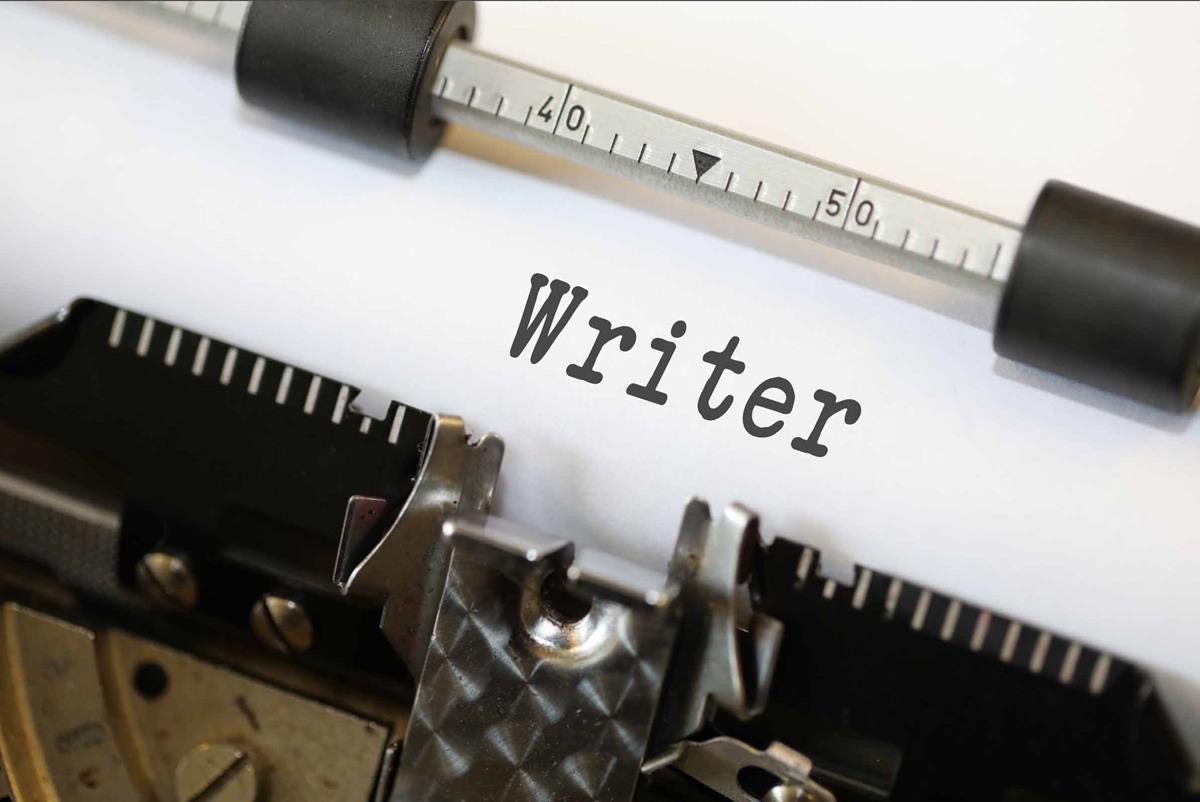
Author Julie Gilbert Discusses the Writing of Her New Book ‘Giant Love’
Julie Gilbert Today, we delve into the enduring relevance of the themes explored by Pulitzer Prize -winning author Edna Ferber
Ever since I was a child, I have been drawn to dance because it expresses emotions and bodily impulses without words. Once, when I was a young dancer, standing in the wings and nervous that my mind was blank, a senior colleague told me not to worry. “It’s when the words come that you’re finished,” she said. “They destroy everything.” Words are now my trade, but I still harbor a dancer’s suspicion of them, and this is perhaps one reason that I have been reluctant to embrace the recent trend toward dances that tell stories or make statements. I appreciate classics like “Swan Lake,” pure dance stitched into a story with pantomime and gesture, but I experience them as music and dance; to this day I can’t quite remember the plots. And recent ballet adaptations of novels including “Of Love and Rage,” “Jane Eyre,” and “Like Water for Chocolate” have left me unmoved, struggling to find some connection between plot and steps, rather than absorbing dance as a language in and of itself. The British choreographer Wayne McGregor’s “Woolf Works,” a triptych inspired by Virginia Woolf that was recently given its U.S. première by American Ballet Theatre, seemed to promise something different. For one thing, Woolf’s move away from conventional plot, the way that she folds readers into sensual experience and into the wandering nature of our memories and inner lives, has some affinities with the inchoate and associative character of dance. And although McGregor has chosen three specific novels—“Mrs. Dalloway,” “Orlando,” and “The Waves”—he is not trying to literally act them out; rather, he is making a kind of dance analogue of Woolf’s vision and her prose. McGregor, who is fifty-four and was recently knighted, emerged on London’s contemporary-dance scene in the early nineties, and began choreographing for ballet companies (including the Royal Ballet and the Paris Opera Ballet) a decade or so later. Although he has always had some interest in narrative, he is best known for an abstract, tensile style (exemplified by his breakthrough ballet, “Chroma,” from 2006). In recent years, he has incorporated aspects of […]
Click here to view original page at Does Ballet Need Narrative?
© 2024, wcadmin. All rights reserved, Writers Critique, LLC Unless otherwise noted, all posts remain copyright of their respective authors.

Julie Gilbert Today, we delve into the enduring relevance of the themes explored by Pulitzer Prize -winning author Edna Ferber

The Mallorcan Joana Marcús is a young bestseller in Spain and America, writer of young adult novels with a romantic


